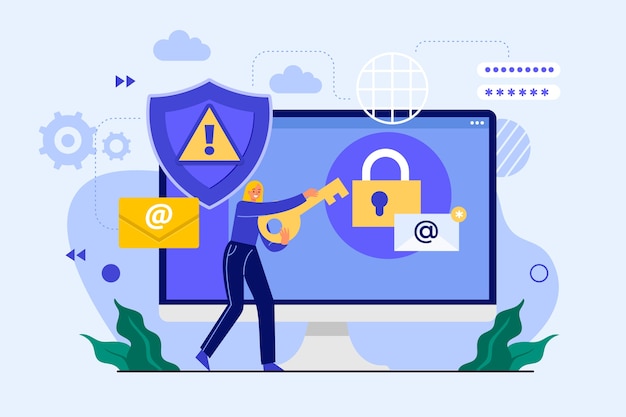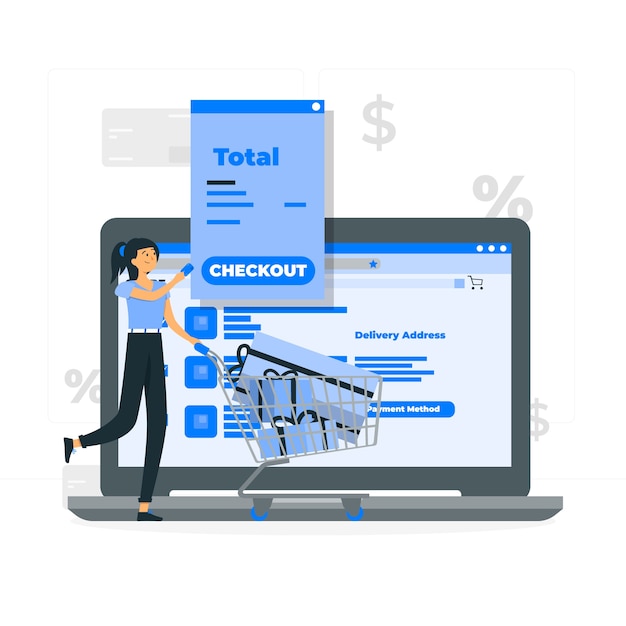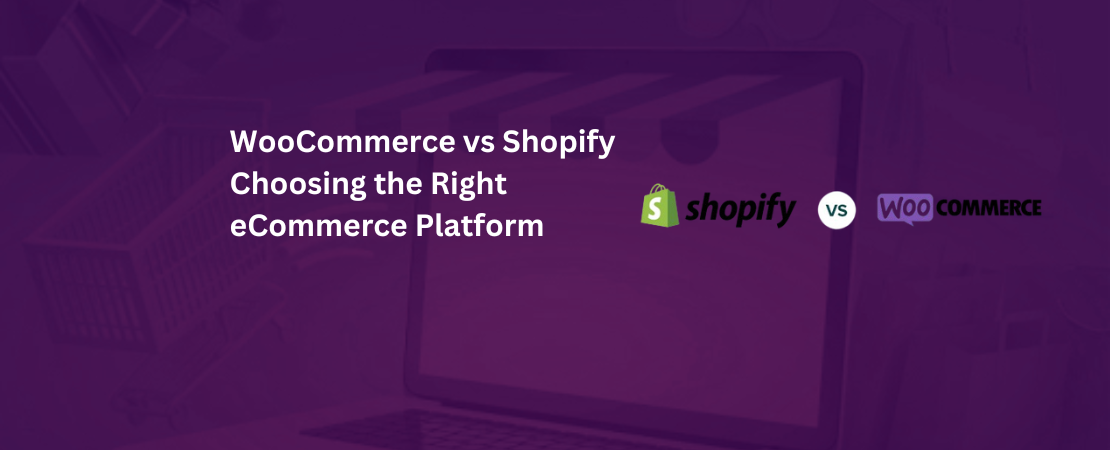Optimizing your website is crucial for a smooth shopping experience, better search engine rankings and higher sales. In today’s fast-paced online world, people expect websites to load quickly and work well. If your site is slow or hard to navigate visitors might leave without buying anything. In this blog we will show you simple, easy steps to optimize your eCommerce website.
Why Is eCommerce Website Optimization Important?
A well optimized ecommerce website offers several strategic advantages that directly impact business success. For instance faster loading times are key. A speedy website ensures visitors stay engaged reducing the bounce rate (website abandonment) and significantly increasing the chances of conversion.
Additionally, improved loading speed contributes to better search engine rankings as platforms like Google prioritize faster websites which in turn helps drive more organic traffic. Furthermore, a site that operates smoothly and loads quickly enhances the overall user experience leading to higher sales and conversion rates as customers can easily browse and make purchases without delays or frustrations.
Similarly, a well-optimized website helps reduce bounce rates, as visitors are more likely to stay and explore when the site is user-friendly and responsive, ensuring that businesses retain potential customers and improve overall engagement.
Let’s explore simple ways to optimize your eCommerce website. A WooCommerce expert can help you improve your site for better performance.
1. Improve Website Speed
Speed is one of the most critical factors when optimizing your eCommerce site. Studies show that even a one-second delay in loading time can lead to fewer sales.
Simple Ways to Speed Up Your Website:
a. Use a Content Delivery Network (CDN)
A CDN stores copies of your website’s files on different servers around the world. This way when someone visits your website they get the content from the server closest to them which speeds up the loading time.
b. Compress Images
Large image files can make your website load slowly. Compress your images to reduce their size without losing quality. There are tools like TinyPNG that can help with this.
c. Enable Browser Caching
Browser caching stores some parts of your website like images on visitors devices so that the next time they visit the site loads faster. This is especially helpful for repeat visitors.
d. Minimize the Number of Files Loaded
Your website loads several files like images, scripts, and stylesheets when someone visits. You can speed things up by combining these files or reducing the number of files the browser needs to load.
2. Mobile Optimization
With more people shopping from mobile devices, optimizing your site for mobile users is critical.
Simple Mobile Optimization Tips:
a. Use a Responsive Design
A responsive design adjusts your website to look good on any screen size—whether it’s a smartphone, tablet, or desktop computer. This ensures users can easily shop on your site from any device.
b. Simplify Navigation
On mobile devices, keep menus simple and easy to use. Avoid clutter and make sure customers can quickly find what they’re looking for.
c. Optimize for Touch
Make sure buttons and links are large enough to be easily tapped on mobile devices.
3. Improve Website Navigation
Easy-to-use navigation is key for keeping customers on your site and helping them find the products they want.
Simple Navigation Tips:
a. Keep Menus Clean and Simple
Don’t overwhelm visitors with too many options. Group similar products together in categories and subcategories.
b. Use a Search Bar
A search bar helps visitors find specific products quickly. Make it prominent and make sure it works well.
c. Use Breadcrumbs
Breadcrumbs are a navigation tool that shows users the path they’ve taken to reach their current page. This helps them go back to previous sections of the site easily.
4. Optimize for Search Engines (SEO)
Search engine optimization (SEO) helps your site show up in search engine results when people search for products like yours. This is a key part of eCommerce website optimization.
Simple SEO Tips:
a. Optimize Product Pages
Make sure each product page has clear descriptions, images, and relevant keywords (like “eCommerce website optimization” if you’re writing about that topic). Use meta tags and product reviews to further enhance your SEO.
b. Use Clear URLs
Your URLs should be short and easy to understand. Include keywords where possible, like the name of the product or category.
c. Use Schema Markup
Schema markup helps search engines better understand the content on your website. This can help products show up more attractively in search results, which increases clicks.
5. Strengthen Website Security
Security is essential for any eCommerce website. Customers need to feel confident that their personal and payment information is safe.
Simple Security Tips:
a. Use SSL Certificates
SSL (Secure Sockets Layer) certificates encrypt the data that passes between your website and the customer’s browser. This protects sensitive information like credit card details and makes your site more trustworthy.
b. Update Your Software
Regularly update your website platform, plugins, and any third-party tools to protect your site from security vulnerabilities.
c. Use Two-Factor Authentication
Two-factor authentication (2FA) adds an extra layer of security by requiring users to verify their identity in two different ways (such as a password and a code sent to their phone).
Integrate WooCommerce Subscriptions into your eCommerce store to let customers sign up for recurring payments. This makes it easier to manage subscriptions, build customer loyalty, and ensure a steady stream of revenue.
6. Simplify the Checkout Process
A complicated or slow checkout process can lead to cart abandonment, where customers leave before completing their purchase.
Simple Checkout Tips:
a. Offer Guest Checkout
Allow customers to make a purchase without creating an account. This reduces friction and speeds up the checkout process.
b. Reduce the Number of Form Fields
Keep forms short and ask for only the necessary information, such as name, address, and payment details.
c. Offer Multiple Payment Options
Make it easy for customers to pay by offering a variety of payment methods, such as credit cards, PayPal, or digital wallets like Apple Pay.
Conclusion
eCommerce website Optimization is essential for providing a great customer experience and increasing sales. By focusing on eCommerce website speed optimization and making your site easy to navigate, mobile-friendly, secure, and fast, you can ensure that visitors have a smooth shopping experience.
Regularly reviewing and improving your website will help you stay competitive in the eCommerce market and keep your customers satisfied.
Folio3 can help customers achieve eCommerce website optimization by offering customize solutions that address every aspect of site optimization.
With expertise in eCommerce website optimization or ecommerce website speed optimization, Folio3 provides services like improving website loading times through advanced performance techniques, optimizing for mobile users, and streamlining navigation to enhance the user experience.
Folio3 also assists with the migration of WooCommerce platforms, ensuring a smooth transition for businesses.
Additionally, Folio3 offers specialized support in SEO to improve search rankings, advance site security for customer trust, and simplifies checkout processes to reduce cart abandonment. By partnering with Folio3, businesses can ensure their eCommerce platform is fully optimized for growth, efficiency, and customer satisfaction.









